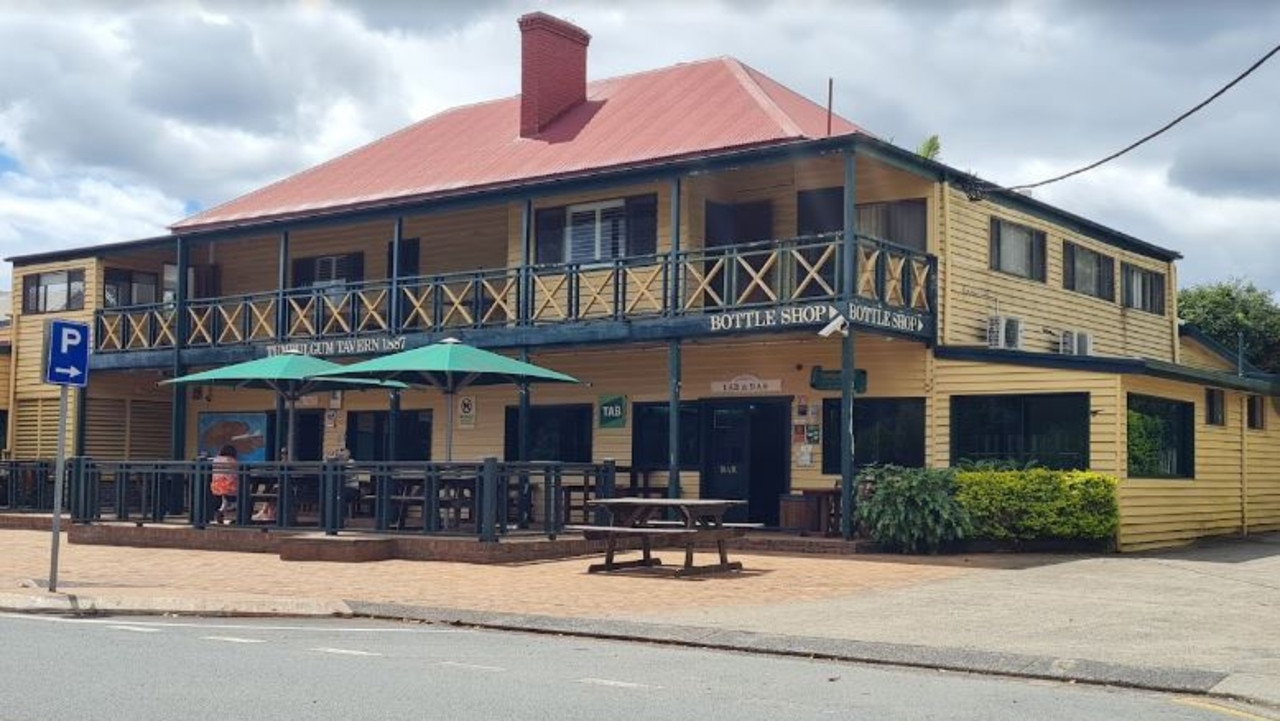Real estate Australia: How female buyers are taking over the property market
Women are increasingly outbuying men when it comes to home ownership because they know exactly what they want and how they are going to get it.
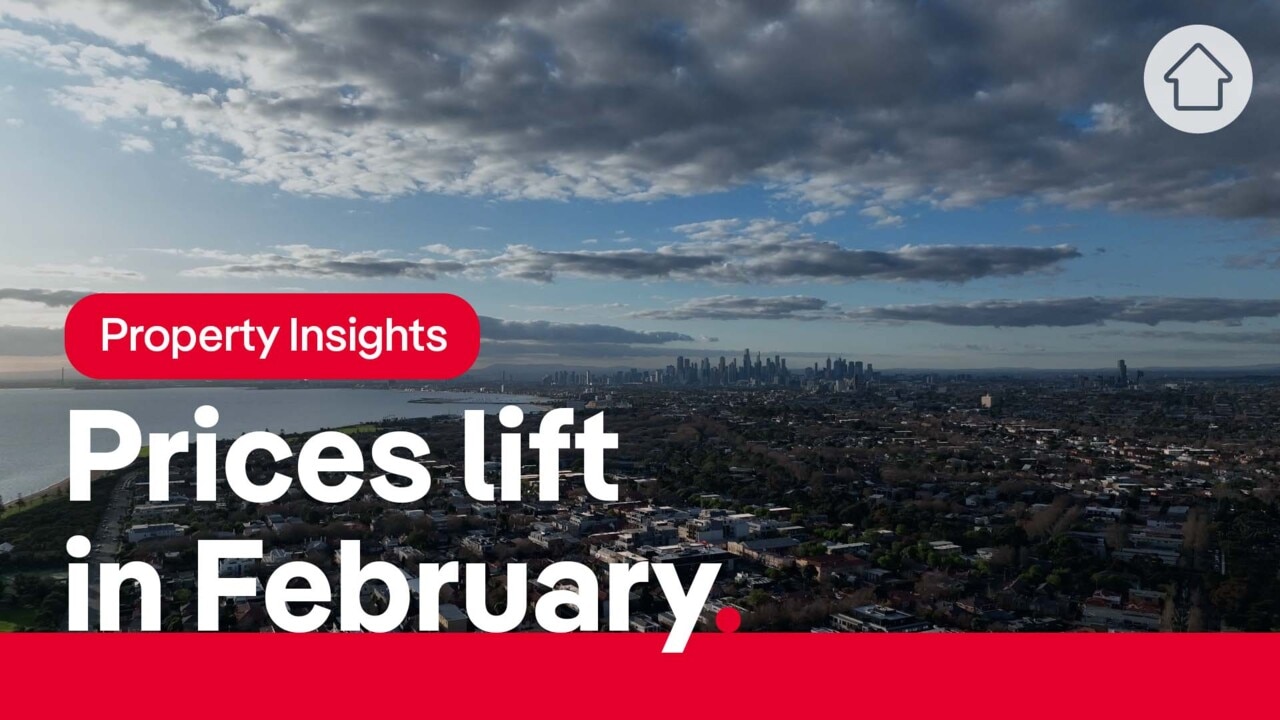
Property
Don't miss out on the headlines from Property. Followed categories will be added to My News.
- More: Why now is the time for investors to strike
- Revealed: How to beat real estate agents at their own game
There has been a slight increase in the number of women homeowners in Australia over the past 12 months.
That’s according to CoreLogic’s third annual Women & Property report, which found that 26.8 per cent of Australian property is solely owned by women, up from 26.2 per cent a year ago.
The percentage of properties owned solely by men remained the same at 29.9 per cent. There was a very slight decline in male-female joint ownership from 43.5 per cent in 2022 to 43.4 per cent in 2023.
The research also found that more women than men own apartments. About 35.7 per cent of apartments are owned by women compared to 34.6 per cent by men. Joint male-female ownership is 29.7 per cent.
So, why are more women buying property, and why are they tending to buy apartments? Well, there are a few reasons.
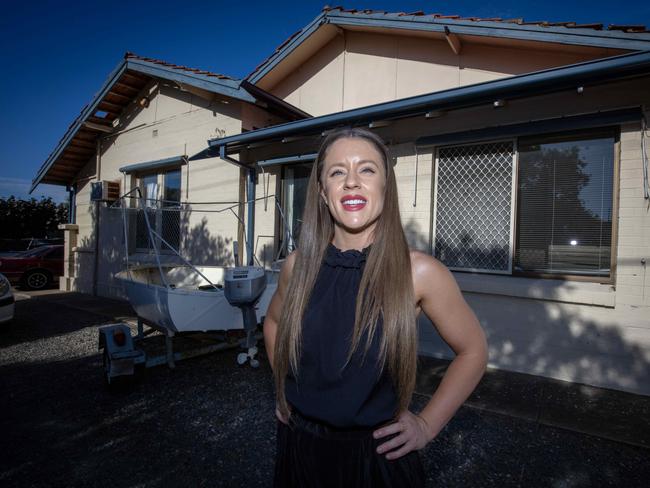
Firstly, women are increasingly concerned with attaining their own independent financial security. Over the past two decades, single career women have become an influential buying force in the property market.
When I started in real estate 40 years ago, it was very rare to conduct an auction and have a 28-year-old female on her own buy the property. Nowadays when you put a well-located, beautifully designed apartment block on the market, it is very likely the first 10 apartments will be sold to single career women.
Clearly, women are seeing real estate as a good path to take in creating long-term financial security. This is smart, especially when you consider the sad statistic that the fastest-growing cohort of homeless people in Australia is women aged over 55, according to the Australian Human Rights Commission.
That’s just one reason why it’s great to see young women attaining home ownership as early in their lives as possible. It’s not just about financial security, but also health and wellbeing. Of course, that goes for men, too.
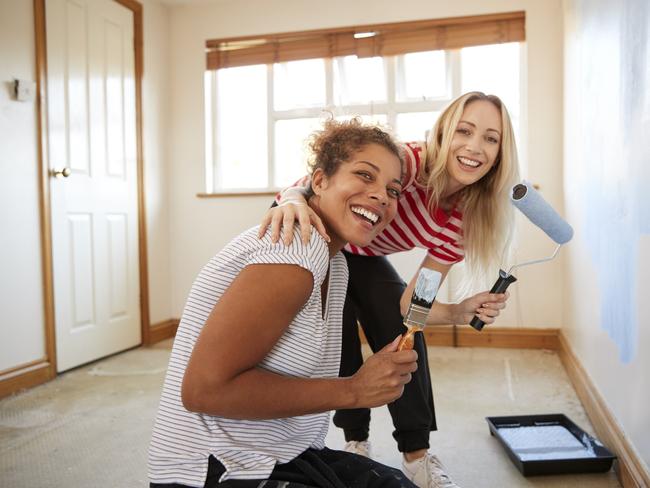
We also know from recent government research that home ownership is the absolute key to a comfortable and financially secure retirement in Australia. This is another very good reason for young women and men to aspire to property ownership as early in life as possible. Once you’re in, you can move up the price ladder as your needs change.
Notice I said ‘property’ ownership there, not ‘home’ ownership. That reference was in recognition of the fact that many young people are getting around affordability challenges by ‘rentvesting’.
That’s where a young person will buy an investment property before they buy their first home. They typically target affordable areas with good growth prospects, then rent a home for themselves where they want to live for lifestyle reasons (usually close to capital city CBDs and beaches).
Over time, as their investment gains value, they can make new decisions and potentially buy a home using the equity that their investment delivers.
WHY MORE WOMEN ARE BUYING APARTMENTS
Now let’s talk about apartments, and why women own more of them compared to men.
I think there are a few factors here.
The obvious one is that apartments offer security due to their elevation, with most new buildings these days providing secure parking with internal access and video intercom entry to the building. In my experience, women highly value security features. Secondly, apartments are more affordable.
The markets with the highest percentage of sole female owners give us some interesting insights. One of them is that in the major East Coast capitals, women favour blue-chip inner city areas.
In Sydney, the areas with the highest percentage of female-only property ownership are the Eastern Suburbs 37.3 per cent, North Sydney-Hornsby 36.6 per cent, City-Inner South 36.1 per cent, and Ryde 34.7 per cent. In the NSW regional markets, women particularly like Newcastle-Lake Macquarie 33 per cent and the Central Coast 32.4 per cent.

In Melbourne, the trend toward blue-chip inner city areas continues, with Melbourne-Inner 34 per cent, Melbourne-Inner East 33.6 per cent and Melbourne-Inner South 32.6 per cent. In regional Victoria, the highest rates of female ownership are in Ballarat 28.7 per cent and Bendigo 28.3 per cent.
In Brisbane, women prefer the Inner City area 30.5 per cent and South Brisbane 28.2 per cent. In the regions, they favour the Gold Coast 27.2 per cent and Toowoomba 26.6 per cent.
The report also highlights something very important for both men and women.
And that is that owning property is a more effective way of growing your wealth over working. This is because growth in property values has been outstripping wage growth in Australia for two decades.
Over the past 20 years, Australian dwelling values (that’s houses and apartments combined) have increased by 140 per cent while wages have increased by 81.5 per cent.
That’s something to think about.
HOW BUYERS CAN CASH IN ON TODAY’S REAL ESTATE MARKET
The latest pricing data was surprising to many people, with Sydney home values returning to growth while the rest of the market fell by the smallest margin since interest rates began rising in May 2022.
Sydney home values (that’s houses and apartments combined) increased by 0.3 per cent in February. Meantime, the national home value fell by -0.14 per cent, which is the smallest amount since May 2022. This latest data from CoreLogic is a further signal that we are at or approaching the bottom of this property cycle.
It’s fair to say the market is stabilising at this point in time. Prices are settling at current levels. There are two reasons for this. Firstly, we’re seeing more demand come back.
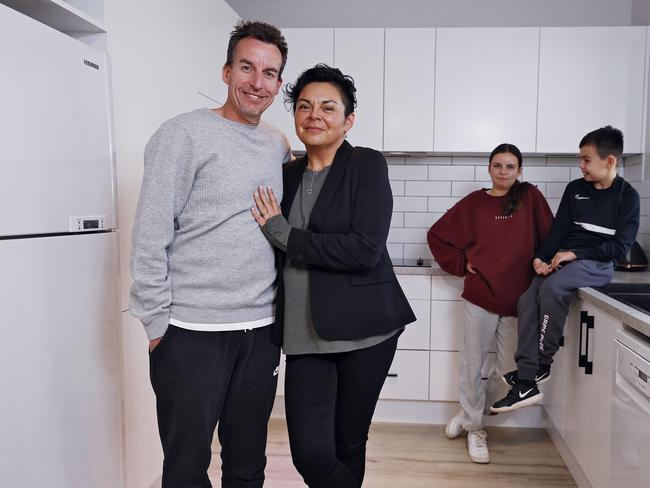
We’ve seen an uplift in numbers at both open homes and auctions.
Secondly, the number of homes for sale is low.
Despite an increase in listings in February, CoreLogic data shows that stock levels are still 12.6 per cent below the five-year average for this time of year.
This is creating a solid supply/demand balance, which is why sellers shouldn’t be afraid to list their homes in today’s market.
CoreLogic notes in its latest report that the combined capital cities weighted average auction clearance rate went into the high 60 per cent range in February, and Sydney’s rate went above 70 per cent.

A normal market operates at 60 per cent. So, these strengthening clearance rates give us clear evidence that supply/demand is solid, and in some areas, it might even be favouring sellers now, too.
Of course, prices have pulled back, there is no denying that. So, if you’re thinking of selling, you have to accept that the peak has passed and you won’t achieve the price you would have in late 2021.
The consolation for many upgraders though is that you’ll probably sell for a bit less and buy for less. That’s the benefit of upgrading in a market that has cooled. Let me explain how this works.
Say the market in your local area has fallen by 10 per cent.
Let’s assume your home was worth $2 million at the peak of the market, and you sell it today for $1.8 million (10 per cent less). Now you go buy a property that was worth $3 million at the peak but is now worth $2.7 million (10 per cent less). You see the upside? You sell for $200,000 less, but you buy for $300,000 less.
Then when the market rebounds by 10 per cent, your new home goes up by around $270,000, while your old home goes up by $180,000.
Let’s also remember that a home is much more than a financial asset. If you need to sell for personal reasons, such as a growing family or a job relocation, you should go ahead and do it now.
Don’t put your life on hold waiting for the market to start rising again.
What’s next is a period of consolidation where prices won’t move much, then we’ll see further upward growth in property values next year.
Even though interest rates are still rising, it’s clear that most buyers and sellers have adjusted to the new market, competition is strengthening and solid prices are being achieved. People are getting on with buying and selling homes as and when their personal circumstances necessitate a move.
The school Easter break is coming up, so if you’re thinking of selling, now is the time to talk to an
agent, with the aim of launching your campaign in mid-April after people return from holidays. Sellers can now enter the market with greater confidence knowing the new market levels have been established and a good quality marketing campaign and sales effort should deliver a positive result.
John McGrath is the founder, current Managing Director and Chief Executive Officer of McGrath Estate Agents.
More Coverage
Originally published as Real estate Australia: How female buyers are taking over the property market




